Malaysia’s National Flower Hibiscus Rosa-Sinensis in Perfume
$29.99
This luxurious perfume exotic scent of Malaysia’s national flower, Hibiscus Rosa-Sinensis captures the essence of the beautiful Hibiscus, offering a unique, unforgettable fragrance experience. Our Hibiscus Rosa-Sinensis perfume draws inspiration from Malaysia’s vibrant landscapes and lush botanical gardens. The delicate blend of floral notes brings a touch of Malaysia’s natural beauty into your daily life. This perfume is not just a fragrance; it’s a tribute to Malaysia’s cultural heritage. Whether you’re seeking a unique gift or a personal indulgence, our Hibiscus Rosa-Sinensis perfume is the perfect choice to bring the allure of Malaysia closer to you.
Embracing the Hibiscus Rosa-Sinensis: Malaysia’s National Treasure
The Hibiscus Rosa-Sinensis, widely recognized as Malaysia’s national flower, holds a place of considerable cultural, historical, and symbolic significance within the country. Esteemed for its vibrant red petals and lush green foliage, this flower—colloquially referred to as the Bunga Raya—pervades Malaysian life in numerous ways. Its resplendent blooms are often featured during national celebrations and events, serving as a natural emblem of the country’s identity and heritage.
The decision to honor the Hibiscus Rosa-Sinensis as the national flower was instituted on 28 July 1960 by Malaysia’s first Prime Minister, Tunku Abdul Rahman. The choice was informed by the flower’s inherent qualities that mirror the Malaysian spirit: resilience, diversity, and beauty. Each part of the flower—from its colorful petals to its hardy stalks—reflects an aspect of Malaysia’s rich cultural tapestry.
The flower itself is botanically characterized by its large, trumpet-shaped blooms that can measure up to 20cm in diameter. The petals’ vivid red hue symbolizes courage and vitality, universally recognized as a representation of the strength and spirited nature of the Malaysian people. Additionally, the deep green leaves provide a sharp contrast, emphasizing the striking beauty of the Hibiscus Rosa-Sinensis in natural settings.
Beyond its visual appeal, the Hibiscus Rosa-Sinensis is deeply entrenched in traditional Malaysian medicine and local folklore. Historically, various parts of the flower have been utilized in medicinal concoctions aimed at treating a range of ailments, from fever to skin irritations. Folklore often depicts the flower as a symbol of good fortune and fertility, adding layers to its cultural resonance.
Through its consistent presence in official emblems, public gardens, and festive occasions, the Hibiscus Rosa-Sinensis stands as a cherished national treasure. Its influence extends beyond mere aesthetics, functioning as a poignant reminder of Malaysia’s past and a symbol of its enduring vitality. Indeed, the Bunga Raya is more than just a floral spectacle; it is an integral aspect of Malaysia’s cultural and national identity.
The Art of Perfumery: Incorporating Hibiscus Rosa-Sinensis
In the world of perfume, Hibiscus Rosa-Sinensis stands out as a unique and captivating element. This Malaysian national flower is known for its subtle, sweet, and slightly tangy scent profile that offers a fresh touch of elegance and allure. Perfumers are drawn to its nuanced fragrance, which adds a distinct and sophisticated dimension to various aromatic blends.
The extraction process of Hibiscus Rosa-Sinensis’s essence is both an art and a science. Typically, techniques like steam distillation and solvent extraction are employed to capture the delicate aromatic compounds of the flower. Steam distillation involves passing steam through the flowers, thereby releasing volatile compounds that are then condensed back into a liquid form. Solvent extraction, on the other hand, uses solvents to dissolve the cell walls, allowing the aromatic oils of the hibiscus to be collected. Both methods require precision to ensure the integrity of the scent is maintained throughout the process.
Creating a stable and enduring perfume that features Hibiscus Rosa-Sinensis poses several challenges. The flower’s delicate nature means that maintaining its fragrance during the extraction and formulation process can be difficult. However, advancements in perfumery have led to innovative solutions that enhance the stability and longevity of hibiscus-based perfumes. Modern fixation and encapsulation techniques allow the scent to be preserved more effectively, ensuring that the finished product retains the desired aroma over time.
To create a well-rounded fragrance, perfumers often blend Hibiscus Rosa-Sinensis with complementary notes. Fruity tones such as mango and tropical fruits, as well as floral notes like jasmine and tuberose, beautifully enhance the subtlety of hibiscus. This combination results in unique and exotic scents that are both alluring and memorable. Several popular perfumes feature Hibiscus Rosa-Sinensis as a key ingredient, and these fragrances have garnered positive reception among perfume enthusiasts. Products such as “Hibiscus Dream” and “Tropical Hibiscus” highlight the flower’s ability to evoke a sense of exotic sophistication, making them favorites in the market.
| Size | 50 ML, 100 ML, |
|---|
Only logged in customers who have purchased this product may leave a review.

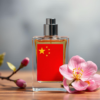
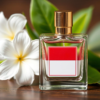

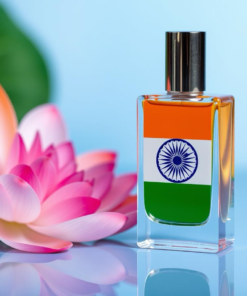
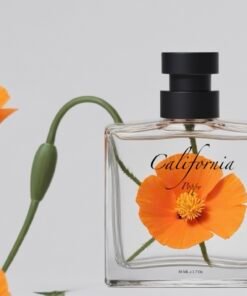
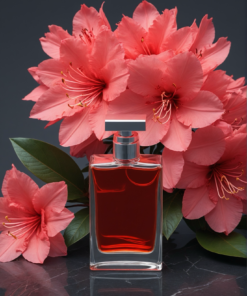
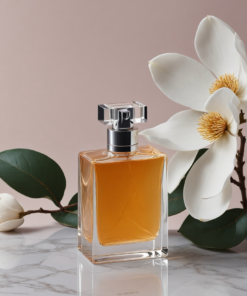
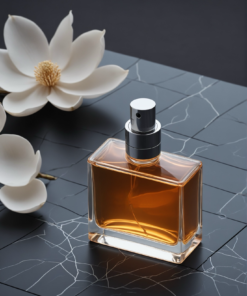
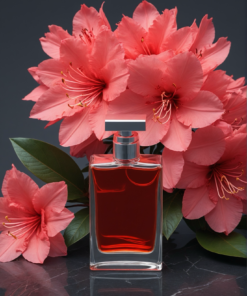
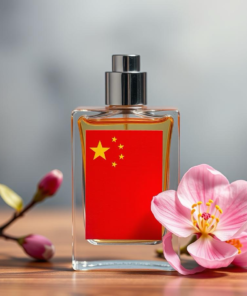
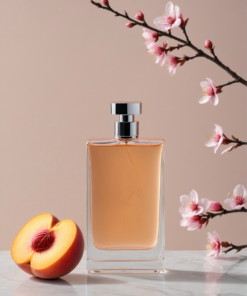
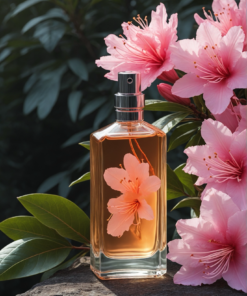
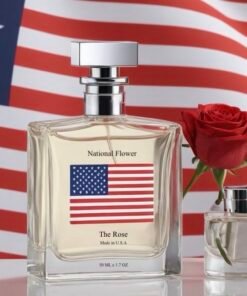
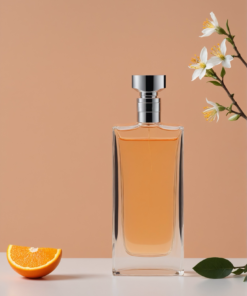
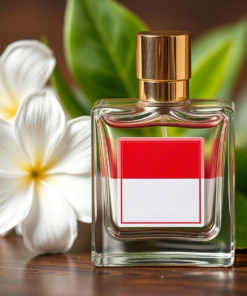
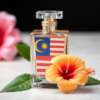
Reviews
There are no reviews yet.